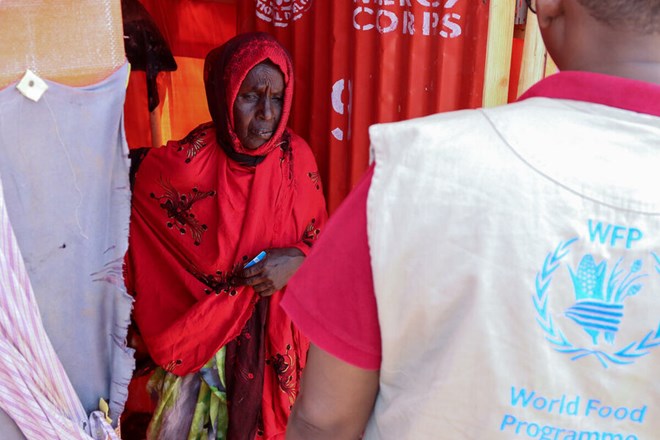
The World Food Program (WFP) said that food insecurity levels across East Africa are likely to remain high through early 2024 despite the decrease observed since the peak of the lean season in 2022.
The WFP said in its food security update that protracted and newly emergent conflicts, persistent fragile macroeconomic conditions, and high cost of living will continue to impact the food security and nutritional status across the East Africa region. “Ethiopia, Somalia, South Sudan, and Sudan remain key countries of concern moving into 2024.”
In addition to macroeconomic factors, the WFP said conflicts in Ethiopia, South Sudan, and Sudan are likely to exacerbate the needs of the most vulnerable, such as the displaced populations and refugees.
Some 62.6 million people were food insecure as of September, with four of the nine countries in the region — Ethiopia, Somalia, South Sudan, and Sudan — among the worst affected by the global food crisis, the WFP said.
According to the UN food agency, some 18.2 million people are displaced internally or abroad, including 5 million refugees and asylum seekers and 13.2 million internally displaced persons (IDPs). Since the conflict started in Sudan, more than 4 million people have been displaced internally, and more than 1 million people have moved across borders.
It said persisting macroeconomic challenges, coupled with high production and transportation costs and international trade dynamics, continue to weigh on the cost of food commodities in local markets across the region.
According to the WFP, a strong El Nino and peak-positive Indian Ocean Dipole (IOD) are expected to result in above-normal rainfall from November to January 2024 across equatorial and southern East Africa, mainly in southern Ethiopia, Somalia, and Kenya. “Forecast above-average rainfall is expected to have positive outcomes for agriculture, livestock productivity and reproduction.”
The WFP, however, noted that localized severe flooding in lowland and riverine areas, crop and livestock losses, infrastructure damage, displacement of affected populations, and infectious disease outbreaks are also likely to occur.











